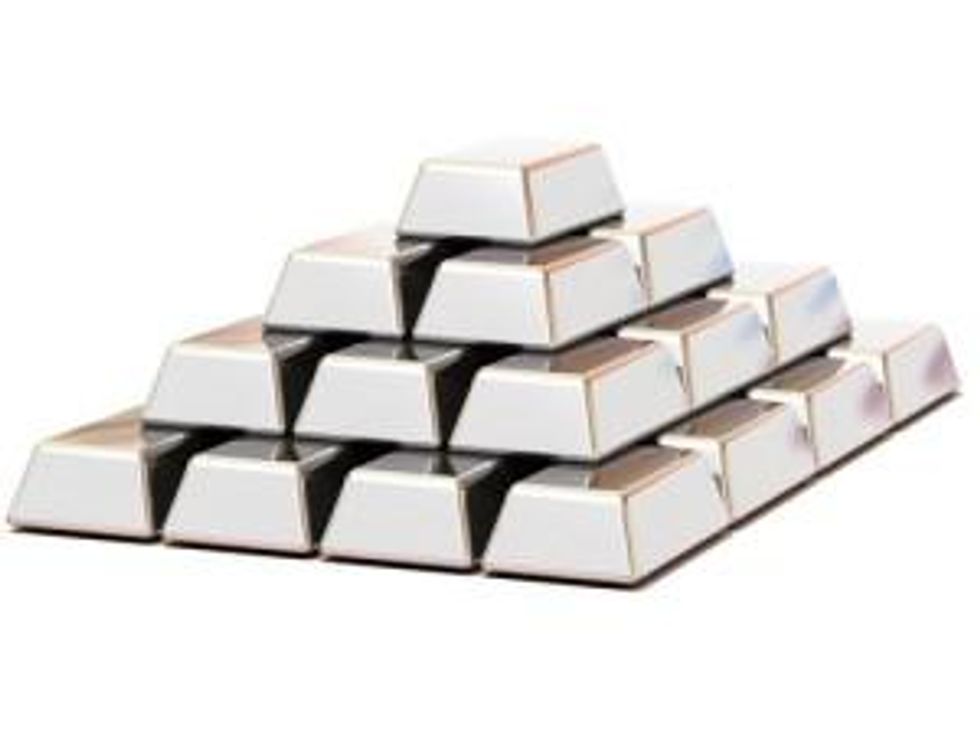The Investing News Network got in touch with William Tankard, director of precious metals and mining at Thomson Reuters, to get his thoughts on the subject.
Last week, the World Platinum Investment Council (WPIC) said it still wants to make platinum a reserve asset.
According to a report from Ian Walker at FastMarkets, WPIC CEO Paul Wilson said that the organization would like to work with the International Monetary Fund (IMF) to get reserve asset status for the white metal.
“We’re starting to talk to governments about holding platinum in their reserves,” he said. “Currently, it is not recognised as an official reserve asset, but if some countries could start to do that we could take that to the IMF and start to work with the IMF to try to change their mind.”
Reserve assets are external assets that are readily available to and controlled by monetary authorities. They are used to meet balance of payments financing needs, for intervention in exchange markets to affect the currency exchange rate and for other related purposes, according to the IMF. Other examples of reserve assets include gold and foreign currencies such as the US dollar.
The Investing News Network got in touch with William Tankard, director of precious metals and mining at Thomson Reuters, to get his thoughts on the subject.
While Tankard said that the WPIC’s proposition is interesting, he sees several barriers to making platinum a reserve asset.
As mentioned, gold is a common reserve asset, but Tankard explained that while gold and platinum are both precious metals, they’re very different commodities. The former has a longstanding role as an investment and jewelry metal, while the latter is mainly an industrial metal. ”Yes, jewelry is manufactured from platinum, but … the demand sector that consumes the greatest quantity of platinum is the autocatalyst sector,” he said.
More importantly, Tankard said that looking within the metals sector, gold is “substantially more liquid than platinum.” That could be troublesome for central banks that need to buy and sell assets based on policy decisions. Since the platinum market is so much smaller than the gold market, it might be difficult for a central bank to sell a large holding without causing problems for the space.
“My question would be, does platinum offer the liquidity that central banks would be looking for?” he said. “[For example], if one central bank took a 3-million-ounce position and then decided that it wanted to sell, would it be able to do that? My initial response is no, not without fundamentally undermining the market.”
Furthermore, he said that the platinum price is much more volatile than the gold price, which “might not be particularly attractive to central banks looking for stability.”
“Platinum is sufficiently niche that it will be a challenge to get a large number of central banks on board,” Tankard said. And to be sure, Walker admitted that the WPIC believes it will be a long process to get reserve asset status for platinum.
If it ever does happen, Tankard believes it would create broader investor uncertainty. One might think that things would look good for platinum if central banks began buying up supply, but Tankard noted that once all the buying is done, those reserves would act as an “overhang that could be released at any time.” Certainly, that scenario might deter investors from going long on platinum.
As another example, Tankard said that many initial concerns about platinum and palladium ETFs undermining the market have now been allayed to an extent, but cautioned that the same overhang issue exists due to such ETFs.
“On the way in, as investors are taking up this material, it tends to be positive. But then one creates an overhang, which is perhaps arguably what we now find ourselves in in terms of the market positioning,” he explained. “When investors do decide that it’s time to get out, then obviously the selling pressure can present adverse forces to the price.”
Certainly, investors will be keeping an eye out for any further announcements from the WPIC.
Securities Disclosure: I, Teresa Matich, hold no direct investment interest in any company mentioned in this article.
Related reading:
